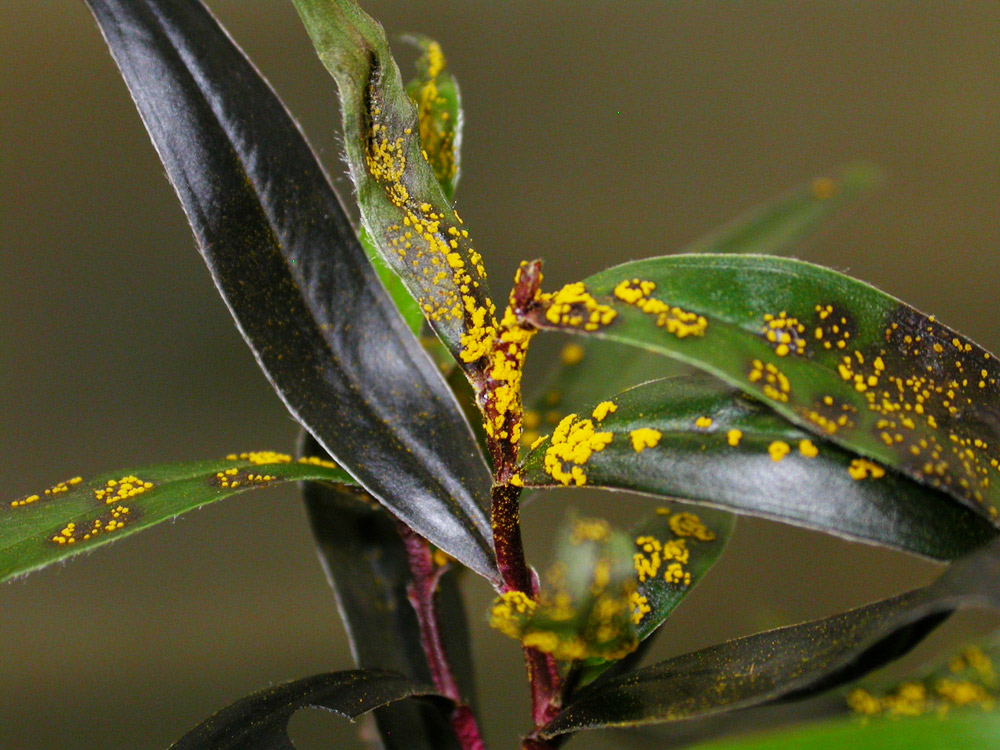It doesn’t just happen to old metal – plants can get rusty too. Image: Louise Morin.
By Mary-Lou Considine
It was the disease Australian plant biologists had been waiting for. In April 2010, myrtle rust – a type of fungus that was threatening eucalypt plantations overseas – found its way on to a native plant in New South Wales.
Environmentalists predicted that if the rust spread, Australia’s landscape would become a mycological firestorm. But three years on biologists are asking, has it been more of a fungal fizzle?
Given the right conditions, myrtle rust could infect many Australian native trees within the myrtle family. When the rust infects a plant, bright yellow lesions appear causing the leaves to twist and die.
Since myrtles account for ten per cent of Australia’s total plant species, it’s no wonder the appearance of the fungus in 2010 was seen as a potential disaster.
But while the pathogen’s reach across the myrtle family is broad, it hasn’t created the widespread devastation as predicted. Our Ecosystem Science experts explain why.
Unfortunately it’s not all good news. With our changing climate and increased global trade, introduced diseases and pests are on the rise. Thankfully our new Biosecurity Flagship is putting these threats under the microscope to help protect the health of our environment and people.
Read the full story in the latest edition of ECOS Magazine.


